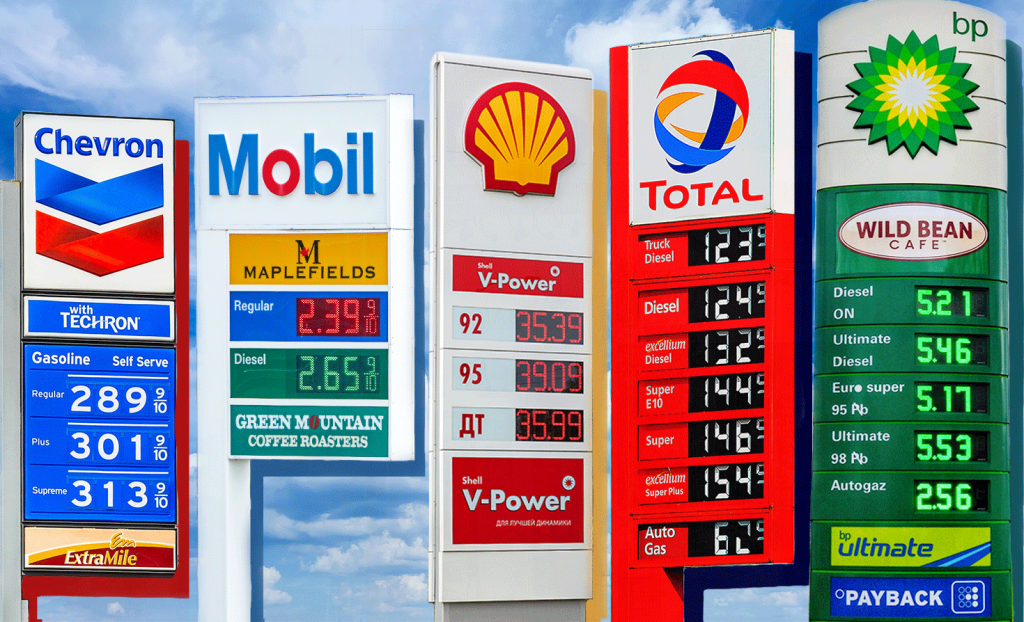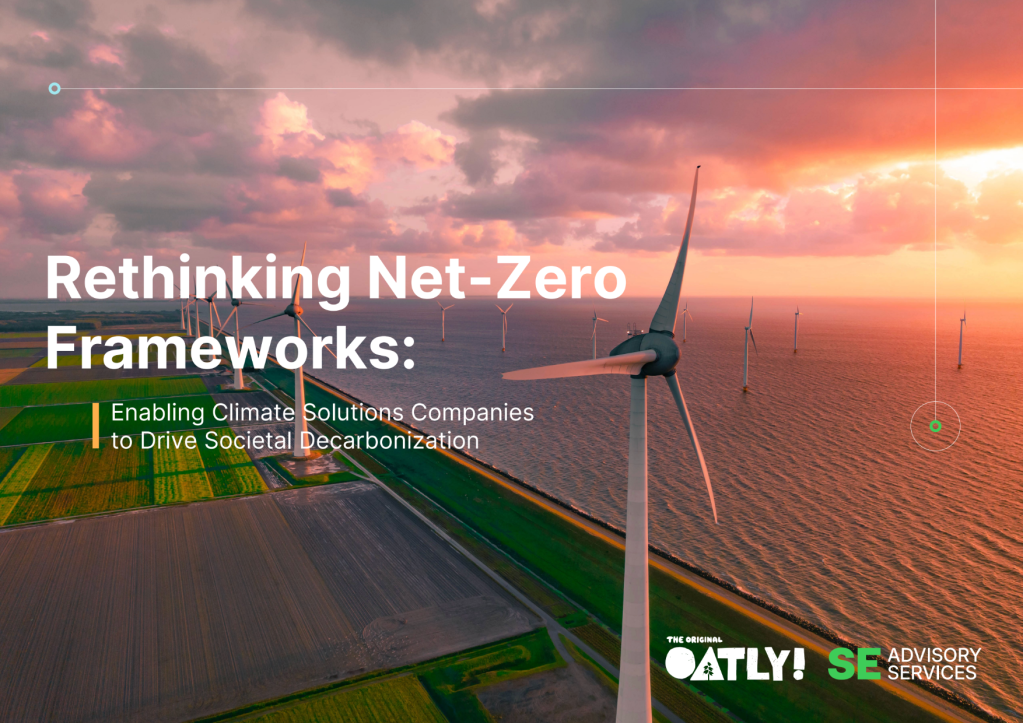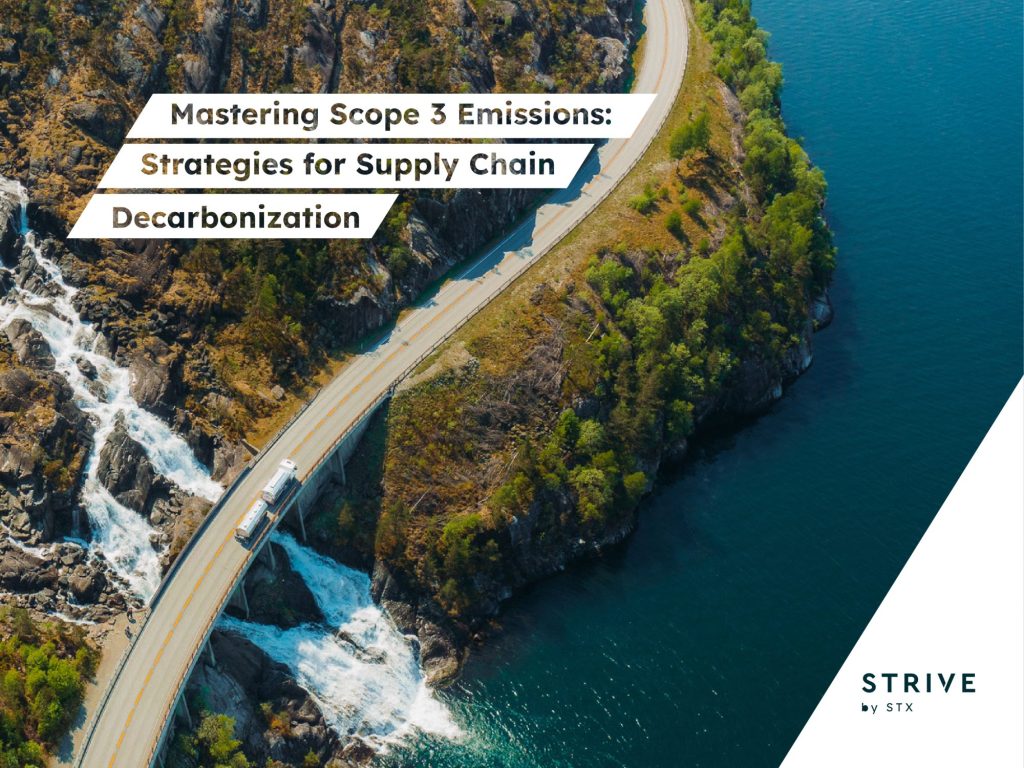Tracking the relationship between the oil supermajors and climate change
The top five gas companies say that they're investing in clean energy — but how true is that claim? Read More

This article is adapted from our newsletter Energy Weekly. Subscribe here.
The oil supermajors — Chevron, ExxonMobil, Royal Dutch Shell, BP and Total — want you to know they get climate change, and they are working on it. After all:
- BP changed its name in 2000 to “Beyond Petroleum” and changed its logo to that green flower-sun thingy.
- Shell launched “Shell New Energies.”
- ExxonMobil invested in letting the world know it’s working on biofuels by buying ads during the 2016 Olympics.
- All say they support the Paris Agreement and are investing in clean energy.
Indeed, a new report from InfluenceMap shows the supermajors have invested millions to brand themselves as climate champions. Which begs the question: Where does the talk stop and the action start?
Oil companies have a bad walk-to-talk ratio on climate
Oil companies are devoting very small portions of their budgets to climate solutions. Only 3 percent of the capital expenditures by the top five supermajors is dedicated to low-carbon technologies. The top 24 publicly listed oil companies are spending even less: about 1.3 percent of their total budgets on average.
Meanwhile, 25 percent of the lobbying and branding budgets for the supermajors is focused on climate, according to InfluenceMap. Recognizing the potential reputational risk associated with inaction, oil CEOs are looking to increase their PR budgets in 2019, suggesting the image battle is as real as the climate battle to fossil fuel companies — maybe even more so.
The irony is that if the companies in this group were interested in becoming renewables supermajors, that feat is within their reach. In order to capture the same market share in renewables as they account for in oil (about 15 percent), those five supermajors would need to spend about $20 billion annually, according to Wood Mackenzie. That amounts to less than 20 percent of their current capital expenditure budgets.
Oil companies understand the carbon math
It is true that the transition is a process. We can’t quit dirty energy tomorrow, our economy is still largely powered by it, and the transition can’t complete overnight.
Yet, to stop runaway climate change, scientists agree that we need to be running — not slow walking — towards the transition. Oil and gas production needs to fall by 55 percent by 2050. The carbon math shows we can’t burn all of our known fossil fuel reserves, much less expand to new reserves. Even Shell and BP agree on that.
Currently, we aren’t headed in the right direction. Energy consumption grew in 2018 (thanks to a strong economy and extreme weather demanding more heating and cooling). That led to a 1.7 percent rise in emissions, a new global high of 33.1 gigatons, according to the International Energy Association. Driving that energy growth: natural gas, especially in the United States.
What are oil supermajors doing to transition to clean energy?
Shell
-
Shell is investing billions in solutions, which is still just a fraction of its business. It plans to spend as much as $2 billion a year on its Shell New Energy division. While impressive, that would be only 8 percent of its investments. Today, Shell spends about 5 percent on new energy and 50 percent on finding and pumping oil and gas.
-
The company has non-binding commitments to cut emissions. It states it wants to cut net emissions in half by 2050 and by 20 percent by 2035.
-
Shell is gobbling up advanced energy companies. Recent acquisitions include First Utility (a U.K. electricity provider), NewMotion (a Dutch car-charging operator), Sonnen (a German residential solar battery maker) and a majority stake in Silicon Ranch (a U.S. solar company). It also has announced it’s bidding for Dutch utility Eneco, which provides low-carbon power to industrial users and offers apps and other technology to manage electricity consumption, according to Bloomberg.
-
It’s growing its clean energy assets. The company invested in offshore and onshore wind and solar in the United States and Europe. Its portfolio, according to its website, is pushing 6 gigawatts (PDF), with more assets in the works.
BP
-
BP projects renewables will be the dominant fuel source by 2040. The company’s 2019 outlook (PDF) showed renewables overtaking fossil fuels — but on a slower timeline than other analyses. Under the BP scenario, oil still would be widely used in 2040.
-
It is acquiring renewable assets: 1,432 megawatts of wind power in the United States. It also made a strategic investment in Lightsource (now Lightsource BP), which manages about 2 GW of solar. This is after BP wound down its early solar business in 2011.
Chevron
-
Chevron owns few renewable assets. The company invested in five solar projects with a combined 73 MW of power capacity and a 16.5-MW wind farm; it has an equity stake in a 49-MW geothermal joint venture, reports Motley Fool. The company also spends very little on climate branding but invests heavily in fighting climate policy. So, points for consistency.
ExxonMobil
-
Exxon is building a reputation in biofuels. Exxon spent $500 million on a joint venture with Synthetic Genomics to genetically engineer renewable crude oil from sunlight and carbon dioxide. Its goal is to produce 10,000 barrels per day by 2025. While interesting research, that quantity translates to 0.2 percent of current refinery capacity. “In other words, a coding error relative to its global business,” InfluenceMap writes.
-
The company is also said to be quietly investing $1 billion per year in R&D in hundreds of green projects.
-
Exxon invested in solar and wind energy assets last year in Texas, both with 250 MWs in capacity (PDF).
Total
-
Total is forming renewable partnerships. It acquired almost 46 percent of U.S.-based SunPower in 2011, and a 23 percent stake in ENREN Renewable Energy (which has 650 MW of renewables in operation and construction) in 2017. It is also a partner in Abu Dhabi’s Shams 1 solar thermal power plant.
-
Total acquired French battery maker Saft for $1 billion in 2016.
-
It has invested roughly $160 million in 20 startups spanning solid-state lithium-ion batteries, microbial fuel factories and enhanced cellulosic sugar recovery.
Finally, the renewable energy ownership breakdown
Taken together, here is my completely not-comprehensive or scientific calculation of about how much renewable capacity oil supermajors currently own:

The natural gas gorilla in the room
We are in the midst of a U.S. oil boom, with Texas’ Permian Basin producing more crude than refineries can absorb. Oil companies — including Shell, Chevron, BP and Exxon — are vying for a piece of the action, with plans to increase production and export to foreign markets. American exports jumped 70 percent to 2 million barrels a day last year, and projections show that could grow to 5 million barrels a day by 2020. Total says it will account for more than 10 percent of liquefied natural gas (LNG) exports by 2020.
This expansion is at odds with the carbon budget and highlights why natural gas is quickly becoming one of the largest sources of emissions in the United States.
What role should oil companies play in the clean energy transition?
In some ways, the oil companies would be perfect renewable allies. Their cash flow gives them the ability to invest in R&D and deployment at the scale needed to address the problem, they are tactical and they own distribution networks. On the other hand, they are a trillion-dollar incumbent industry that has a track record of undermining meaningful climate policy.
The urgency of the problem means we need all hands on deck. But whenever a company wants to invest in infrastructure that would require further extraction and burning of fossil fuels to recoup its capital investment, I’m suspicious of how seriously they’re taking the climate challenge.

Subscribe to Trellis Briefing
Featured Reports

The Premier Event for Sustainable Business Leaders















